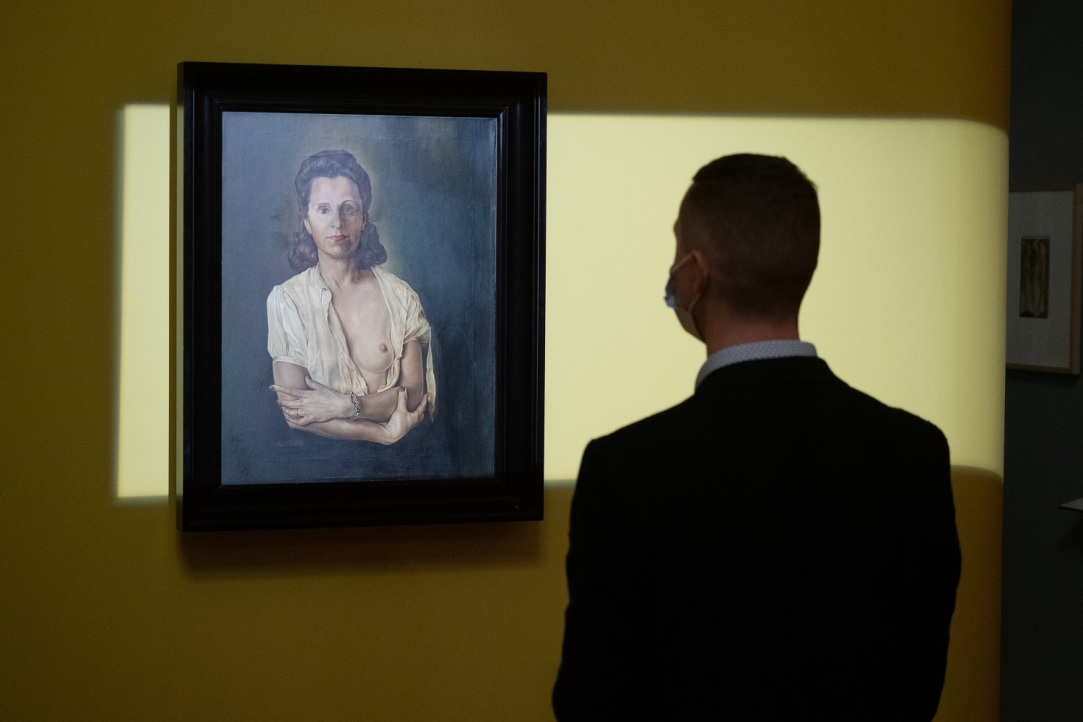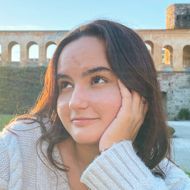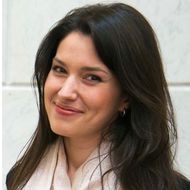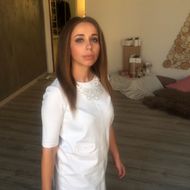Exploring the Visitor Experience at the Fabergé Museum
Students of the HSE University-St Petersburg Master's programme in Arts and Culture Management conducted a study of the visitor experience at the Fabergé Museum based on an exhibition of artworks by Salvador Dalí. The results of this and other joint projects with the museum are to be included in the programme’s curriculum.

The study is dedicated to the analysis of visitors’ behaviour at the 'SALVADOR DALÍ. Atomic Leda and Other Representations of GALA' temporary exhibition at the Fabergé Museum. This was the second time such a study has been carried out by the museum in partnership with the educational programme. In the previous study, which was conducted in spring 2021, students aimed to study the visitor experience in relation to a permanent exhibition in the Shuvalov Palace (a Neoclassical building on the Fontanka Embankment in St Petersburg). This first study was comprehensive in nature, since the students not only interviewed more than 400 people, but also analysed the museum’s digital footprints and its representation in tourism products.
The aim of this year's study was to compare the audiences of the permanent and temporary exhibitions. In addition, 'Arts and Culture Management' students investigated the audience's assessment of the museum’s digitalisation efforts and measured their willingness to use interactive digital installations and attend the exhibitions for a second time. The study was organised with the participation of Elena Zelenskaya, Alexei Gorgadze and Nikita Tryapkin. The students worked at the exhibition as volunteers and were in charge of collecting and processing information.
Karina Imamutdinova, first-year student of the Master’s in Arts and Culture Management

Communicating with people of different age groups and diverse life experiences, as well as collecting and analysing the gathered data afterwards, was really enjoyable. It turned out that the majority of the visitors have a great interest in art. In our discussions, many shared captivating personal stories related to museums or the art industry in general. I am thankful that this project gave me a chance to improve my communication skills. During my work there, I learned how to quickly find common ground with completely different people and to analyse the collected data.
It was also very useful to get under the hood of the museum’s internal processes and communicate with the people behind them.
The results of the study were presented to the museum’s management team. Sofia Grigoryeva, Deputy Director of the Fabergé Museum, rated the results highly in terms of the quality and diversity of the data collected and the analysis methods used. She also noted that the study provided a statistical foundation that justified the chosen approach for interacting with visitors of temporary exhibitions and promoting the museum in mass media channels—both of which are tools for attracting audiences.
Sofia Grigoryeva, Deputy Director for Visitor Services and Development at the Fabergé Museum

It is highly important to analyse the visitor experience, as this allows us to better understand the audience's response and take appropriate decisions to improve and strengthen it. When working with visitors of both the main and the temporary exhibition, we took advantage of new methods for studying digital footprints and compared the results of this and previous studies. Based on the results obtained, we will work with the students to develop analytic methods for building new ways to communicate with our museum’s guests.
Working with students is always a great pleasure. It is really inspiring to see so many smart, bright, ambitious and curious young people who want to make this world more creative and who aren't afraid of changing working processes for the better! We always place 'Arts and Culture Management' students on our priority lists when searching for potential employment candidates. The high standard for admission to the master’s programme and the serious interdisciplinary training it provides allow us to get the students involved in diverse projects within the life of the museum, be it project work, internship, or volunteering. Everyone gets a chance to try their hand at business, develop certain hard and soft skills, and make their mark.
The Master’s in Arts and Culture Management places a special emphasis on a 'real-life' training approach. Julia Trabskaya and Elena Zelenskaya prepared an educational case study called 'The Fabergé Museum in St. Petersburg: Balancing Culture and Business', which was included in the international collection of the Case Centre (UK)—one of the largest repositories of case studies from around the world. The case study is devoted to the topic of combining business and art at the Fabergé Museum. This includes studying the nature of competition in the art industry, the impact of consumer behaviour trends on museum strategies, and the opportunities for developing an art institution according to the rules of a business.
All joint projects with the Fabergé Museum form an important part of the educational process of the programme and are included in its curriculum. There are various forms of interaction with the students. For example, Sofia Grigoryeva regularly takes part in the annual Winter School and the CIBA project held by HSE University in St Petersburg, and she also gives lectures on the Economics of Arts master's course (with the participation of Senior Lecturer Anastasia Sinitsyna).
Sofia Grigoryeva notes the high level of the joint commercial art- and culture-related projects prepared as part of the educational course: 'Highly qualified specialists are always in demand in the art market. This is not a factor of age or experience, but rather a question of being able to take independent decisions and quickly react to non-standard situations, structure data and take control of processes, and always be eager to gain new knowledge and experience'.
Yulia Trabskaya, Academic Supervisor of the Master's in Arts and Culture Management

The Fabergé Museum is a very valuable partner for us. Firstly, the name of Carl Fabergé is known worldwide, and this partnership has played a significant role, for example, in our negotiations for a double-degree track with the Catholic University of the Sacred Heart (Italy). Secondly, this partnership between the educational programme and the museum allows art managers to understand the nature of the work done by various art institutions, including private museums like the Fabergé Museum.
We plan to develop such joint projects further by involving museum experts in other aspects of the programme, allowing them to hold more lectures and serve on the thesis defence committee. We are also considering the possibility of holding a joint conference and a Summer School in the near future.
Julia Trabskaya

